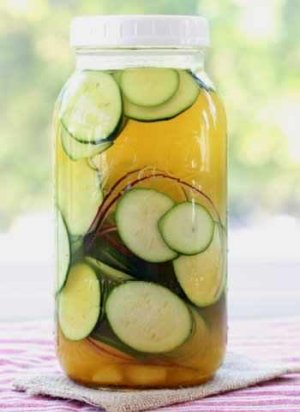
Traditionally this should have been Mutton Mince, but that’s really not something I come across often in the local supermarkets....
Pastry Ingredients:-
100g of Lard
300ml of Boiling Water
1 Tsp of Salt
25g of Potato Flour
50g of Cornflour
375g of Gluten free Plain Flour
1 Egg, beaten to glaze
Filling Ingredients:-
300g of Lamb Mince
1 Onion, diced
1 Tsp of Mixed Herbs
½ Tsp of Mace
Salt & Pepper to season
Lamb Stock
Oil to fry
Method:-
(1) Add the Lard and Salt to the Boiling Water and stir until it has dissolved.
(2) In a large bowl mix the Flours.
(3) Make a well in the middle and add the liquid.
(4) Mix to produce a smooth dough.
(5) Allow to cool so it can be handled, but not cold.
(6) Divide into ball and keep enough aside to form the lids.
(7) Press into Pie tins and pull up the sides.
(8) Form the lids and then put both casings and lids in the fridge.
(9) In a frying pan add a little Oil and fry the Onion until softened.
(10) Add the Mixed Herbs and Mace.
(11) Add the Lamb Mince and fry until browned.
(12) Add Stock making sure that the mixture isn’t too wet.
(13) Remove from the heat and set aside to cool.
(14) Remove the casing and lids from the fridge.
(15) Fill the casings making sure not to over fill.
(16) Add the lids and use a little water to seal the joins.
(17) Make a hole in the middle of each lid and brush with Egg Wash.
(18) Place in a preheated oven at 180c and back for 30 to 40 minutes.
When I was at the butchers I made hundreds of pies a week. We did have a hand operated Pie Former though! Hot water pastry can be a bit interesting the first time you have a go at it. But it’s all good fun…...
 Lacto-Fermenation is one of the oldest food preservation methods still regularly used. It is not Witchcraft or Sorcery and it's effective tasty and pretty much bullet proof. If it tastes good, then it's good. Plus the resultant pickles have the benefit of home made probiotics. Lacto-Fermentation has nothing to do with dairy products, the lacto refers to lactic acid. All fruits and vegetables have beneficial bacteria such as Lactobacillus on the surface. In an anaerobic (oxygen-free) environment, these bacteria convert sugars into lactic acid, which inhibits harmful bacteria and acts as a preservative. It's also what gives fermented foods their characteristic sour flavour. The earliest record of fermentation dates back as far as 6000 B.C. in the Fertile Crescent -and nearly every civilization since has included at least one fermented food in its culinary heritage. From Korean kimchi and Indian chutneys to the ubiquitous sauerkraut.
Lacto-Fermenation is one of the oldest food preservation methods still regularly used. It is not Witchcraft or Sorcery and it's effective tasty and pretty much bullet proof. If it tastes good, then it's good. Plus the resultant pickles have the benefit of home made probiotics. Lacto-Fermentation has nothing to do with dairy products, the lacto refers to lactic acid. All fruits and vegetables have beneficial bacteria such as Lactobacillus on the surface. In an anaerobic (oxygen-free) environment, these bacteria convert sugars into lactic acid, which inhibits harmful bacteria and acts as a preservative. It's also what gives fermented foods their characteristic sour flavour. The earliest record of fermentation dates back as far as 6000 B.C. in the Fertile Crescent -and nearly every civilization since has included at least one fermented food in its culinary heritage. From Korean kimchi and Indian chutneys to the ubiquitous sauerkraut.
